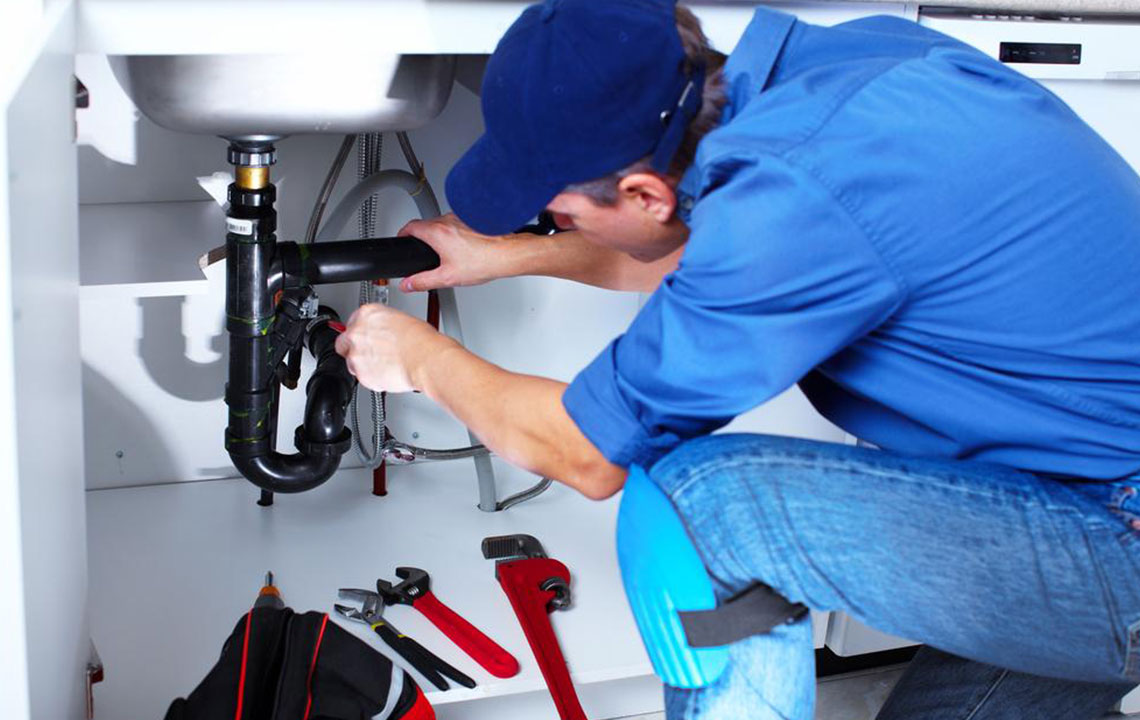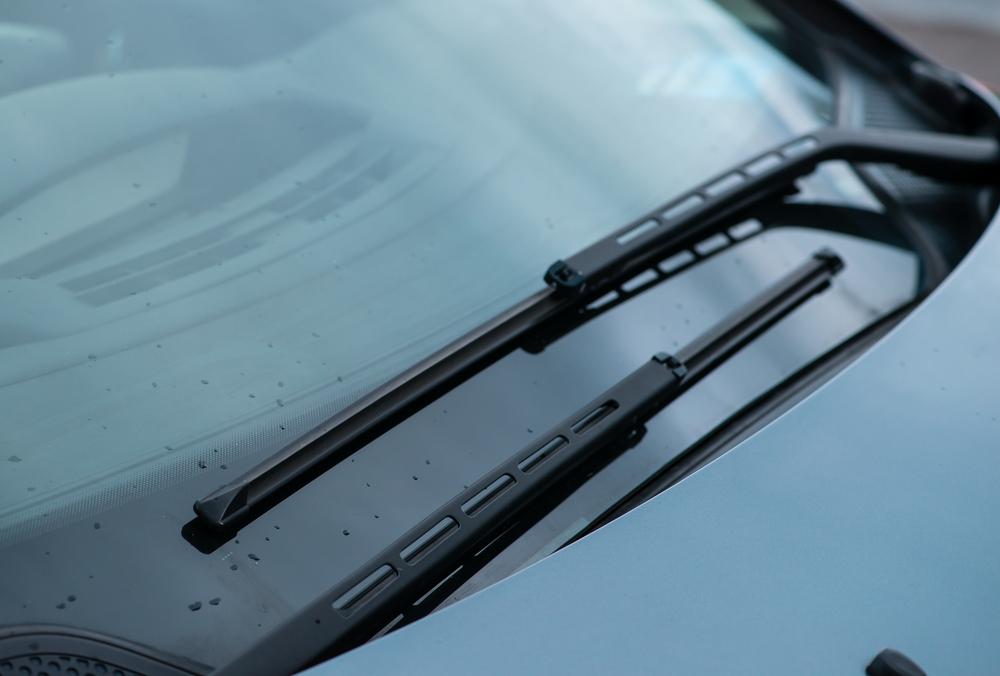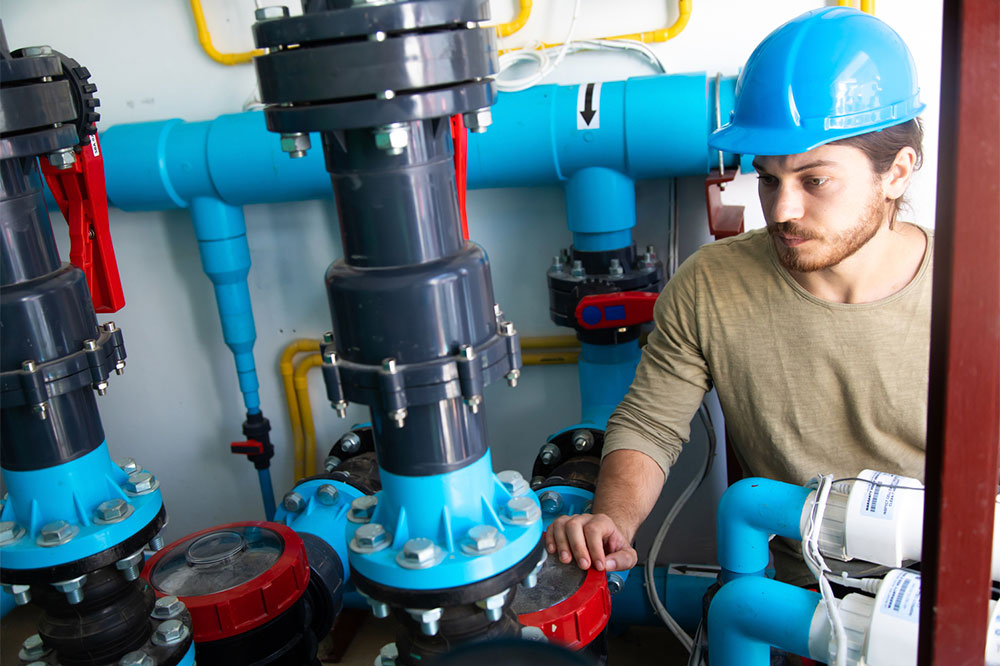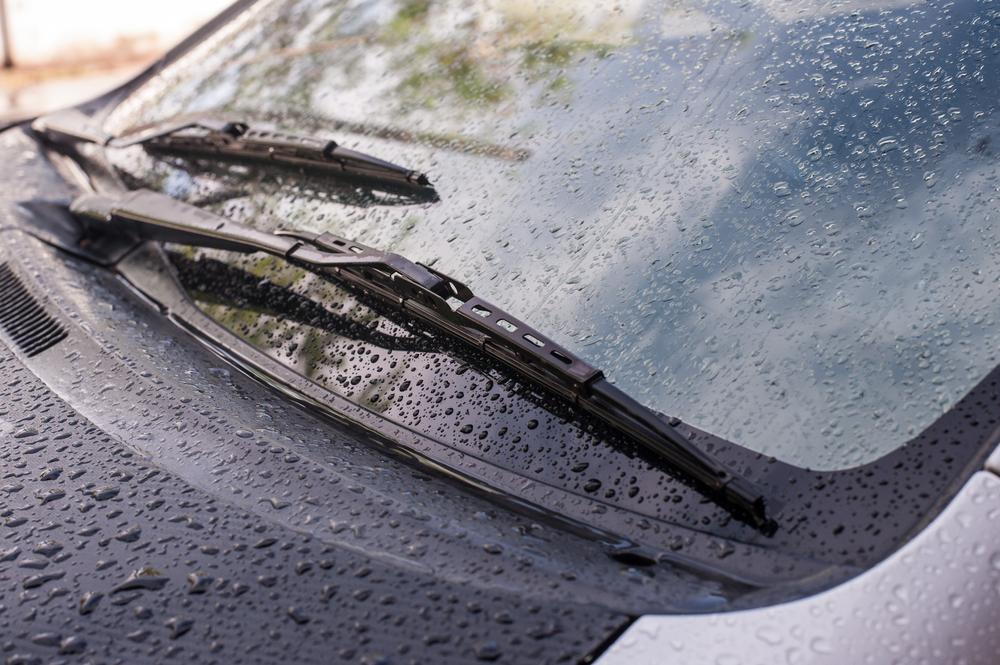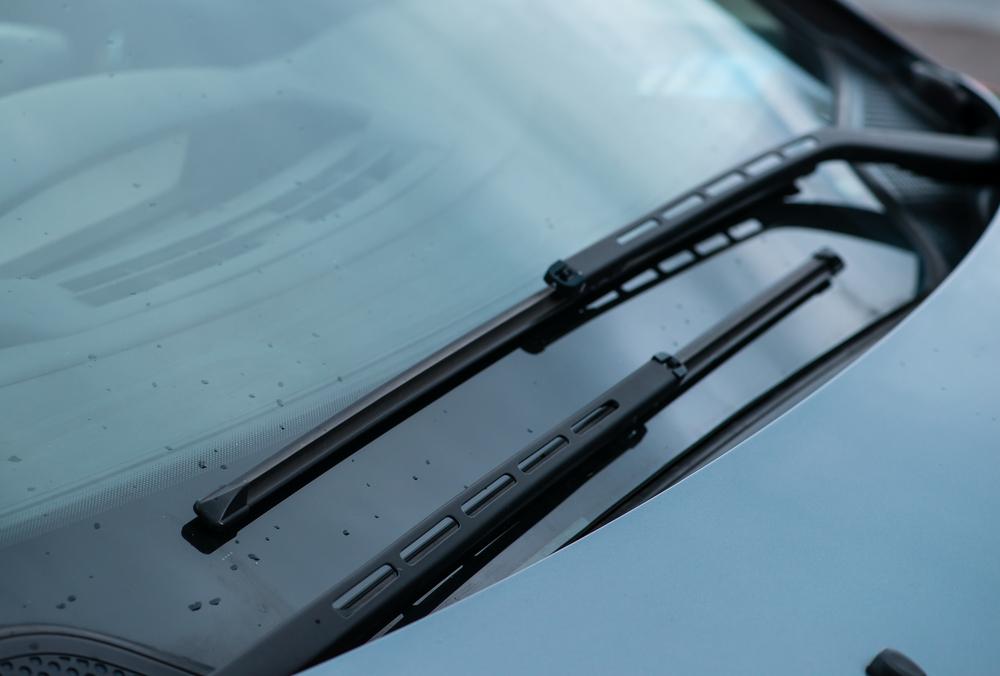Complete Guide to Sewer Line Replacement: Strategies, Costs, and Expert Tips
This comprehensive guide covers sewer line replacement options, including traditional and modern trenchless methods, with cost estimates and expert tips. Learn how to prepare, budget, and find skilled contractors for hassle-free sewer repairs. Understanding these options helps homeowners make informed decisions and avoid future problems, ensuring a healthy and damage-free property. The article simplifies complex procedures, emphasizing the importance of professional advice and proper planning for efficient, cost-effective sewer line replacement.
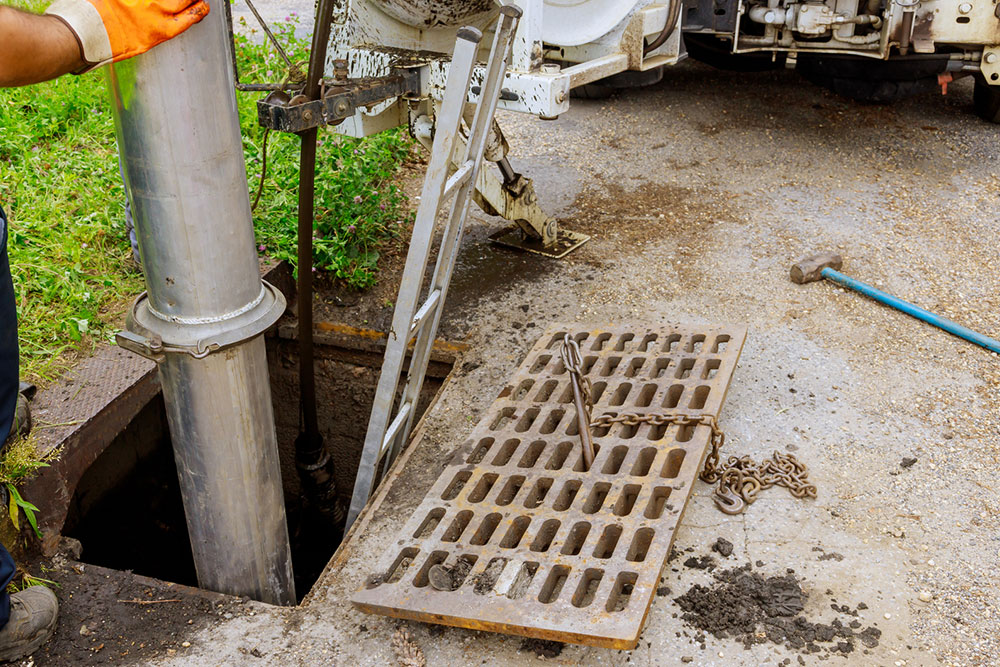
Complete Guide to Sewer Line Replacement: Strategies, Costs, and Expert Tips
Over time, sewer lines can suffer from blockages, leaks, or structural damage. Ignoring these issues may pose health risks and cause property damage. Sometimes, repairs suffice, but persistent problems often indicate the need for sewer line replacement. Knowing what to expect in terms of procedures and expenses is essential before proceeding.
Replacement Methods and Price Estimates
1. Conventional Sewer Replacement
This traditional method requires excavating a trench along the pipe's path, then removing and replacing the damaged sewer with a new pipe.
Despite being more invasive, this approach allows thorough inspection of each pipe segment, ensuring complete repair. However, it is labor-intensive, needs heavy machinery, and tends to be costly, averaging around $7,500.
2. Modern Trenchless Replacement
This method eliminates the need for extensive digging, making it faster, cheaper, and less disruptive. Various trenchless techniques are available, each with distinct costs.
Here are common trenchless options and their estimated prices:
Pipe Bursting: This technique uses a specialized tool to break the old pipe while pulling in a new one. Small access points are used to start the process. It is efficient but requires careful execution to avoid damaging surrounding areas. Costs range from $60 to $200 per foot, totaling approximately $3,500 to $20,000 depending on the project scope.
Sliplining: A smaller pipe is inserted into the existing one, then sealed with grout. It's quick and minimizes downtime but not suitable for very small pipes and can reduce water flow. Estimated costs are $80 to $250 per linear foot.
Cured-in-Place Pipe (CIPP) Lining: This method involves inserting a resin-soaked liner into the damaged pipe and curing it in place. It requires access points and takes about a day to cure. Costs usually range from $80 to $250 per foot, with total expenses up to $9,000 depending on the project size.
Guidelines for Sewer Line Replacement
1. Seek Professional Advice
Given the variety of replacement methods, consulting experienced plumbers or specialists helps determine the most suitable approach, especially when dealing with specific situations like slab leaks. Comparing different options and understanding their pros and cons is beneficial.
2. Budget Planning
Establishing a realistic budget is crucial. Costs depend on the method chosen, the extent of work, and household needs. Including extra funds for unforeseen complexities ensures smoother project execution.
3. Clear the Work Area
Remove obstacles such as furniture, vehicles, and plants prior to work to prevent damage and facilitate access. Clearing the area minimizes disruptions and safety hazards.
4. Prepare for Landscaping
If opting for conventional excavation, anticipate the need for landscaping repairs afterward. Heavy machinery can disturb lawns and gardens, so setting aside a budget for restorative work is wise.
5. Hire Qualified Experts
Teams with proven experience and positive reviews ensure a reliable replacement process. Verifying credentials and neighborhood referrals reduces the risk of subpar service.

